Rainbow Eucalyptus Facts
- The living kaleidoscope known as the absolutely beautiful Rainbow Eucalyptus forms the only species of eucalyptus tree endemic to the Northern Hemisphere.
- It can also now be found growing in numerous other parts of the world. This has come about due to its (eminently understandable) popularity as an ornamental tree.
- Yet beauty alone does not distinguish this plant. This colorful tree also happens to be one of the most rapidly growing of all those known. Some specimens have been known to grow incredibly fast.
- In fact, in parts of its endemic range, this tree also gets used in the manufacturing of paper.
Related Species
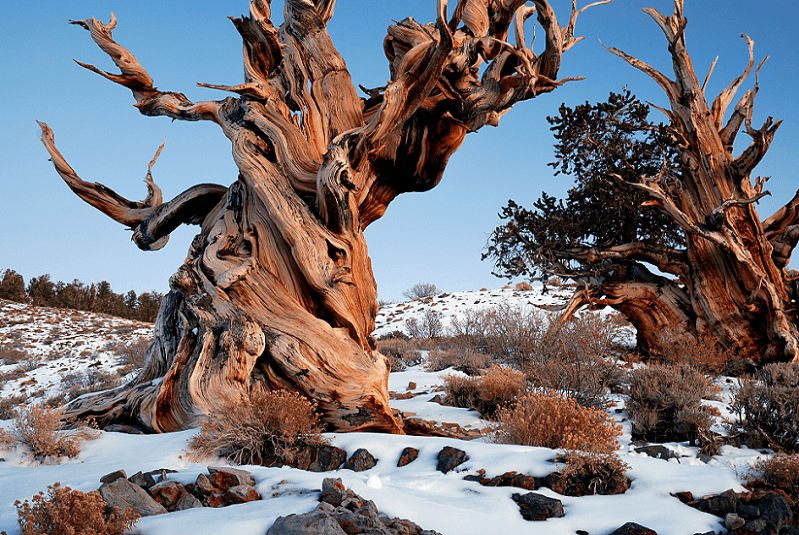
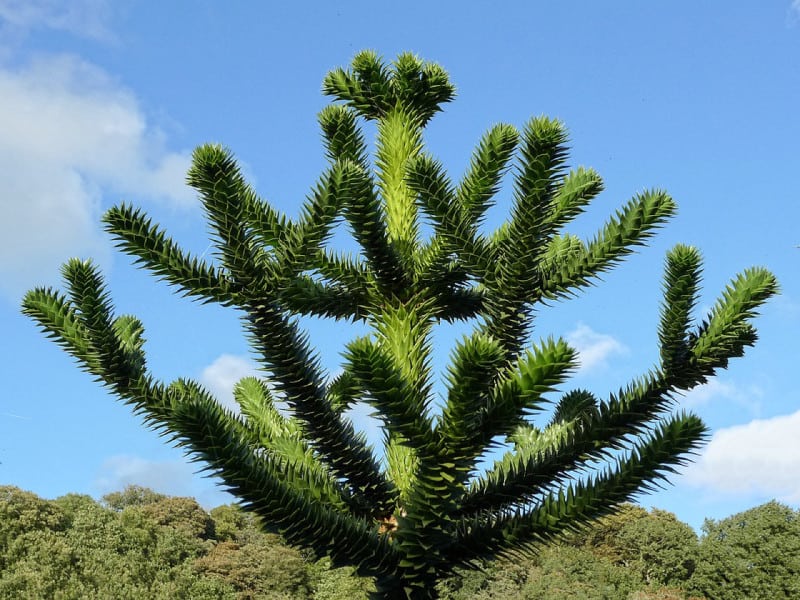
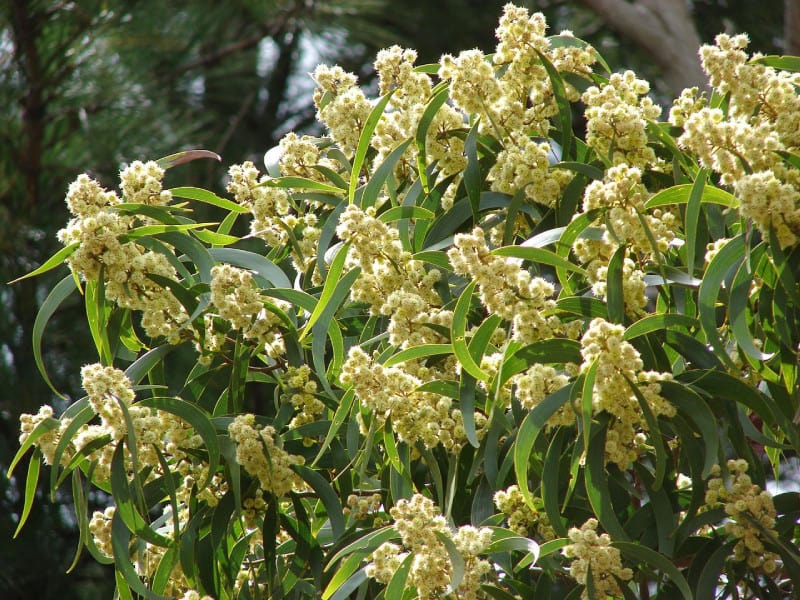
Rainbow Eucalyptus Physical Description
Arguably the most distinctive feature of the Rainbow Eucalyptus remains the gorgeous, multi-hued bark.
This effect happens in stages. First, a vertical shedding of the bark occurs. Second, this process also occurs in random patches. The new bark actually appears rather green at first.
The colors change through the spectrum as the bark remains exposed to the air. Consequently, the colors vary from patch to patch.
Also, this species grows rather tall, to say the least. It achieves an average height of 200 ft (60 m).
The trunks grow relatively thick in structure. These can actually grow to a diameter of as much as 8 ft (2.4 m).
The leaves often reach 8 in (20 cm) in length and grow lance-shaped.
The monoecious flowers develop small, and bright white in color.
Next, when mature, the fruit remains tiny, and a dark brown in color.
Kingdom: Plantae
Order: Myrtales
Family: Myrtaceae
Genus: Eucalyptus
Species: E. deglupta
Rainbow Eucalyptus Habitat and Ecology
It ranks as especially relevant that there continues to be considerable debate over the true endemic range of the Rainbow Eucalyptus.
This occurs because its range currently remains considered to span the islands of New Britain, New Guinea, Sulawesi, Seram, and Mindanao. There seems to be some evidence that the species originated on Mindanao and then spread to the others.
On each of these islands, the tree remains native to regions of tropical rainforest. The copious rainfall in such forests serves as vital to its growth.
Outside of this endemic environment, the colors of the bark stay far less pronounced. Ultimately, in introduced regions, it grows fairly well in subtropical climates, but not those cooler.
The typical lifespan of this species also seems to be nearly 150 years.
Species Sharing Its Range
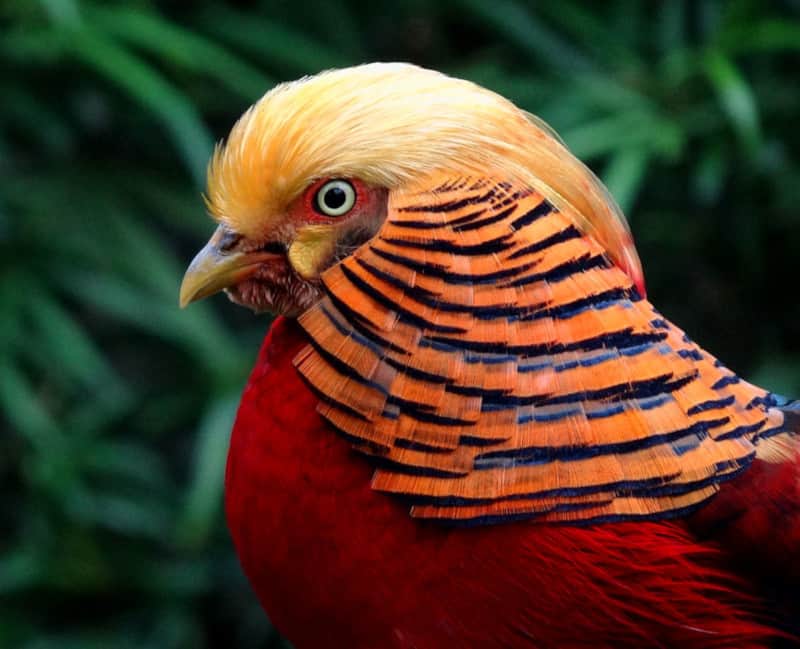
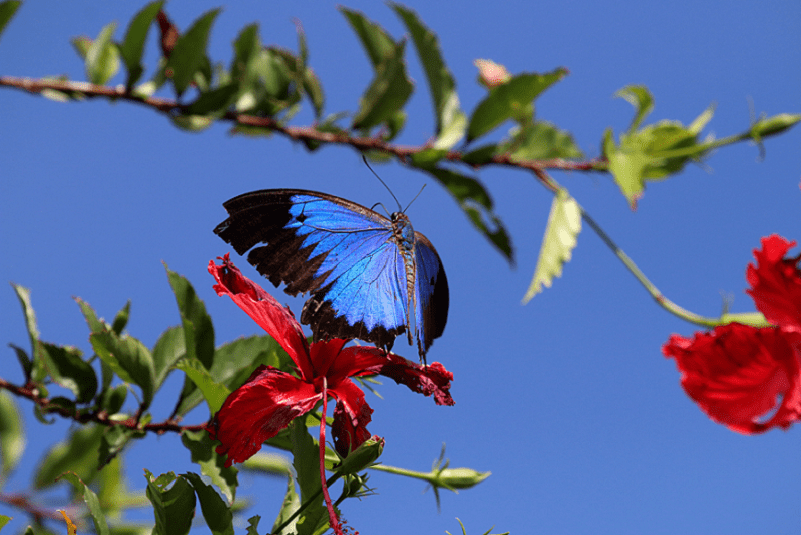
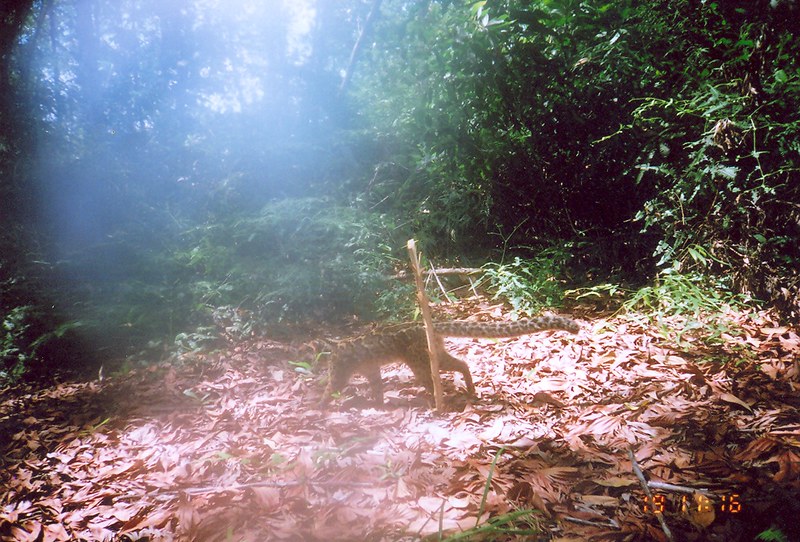
Check out our other articles on 7 Splendid Canary Islands Species, Snowshoe Hare, Kings Canyon, Mediterranean Mantis, Texas Blind Salamander, Indigo Milk Cap, New Guinea Crocodile
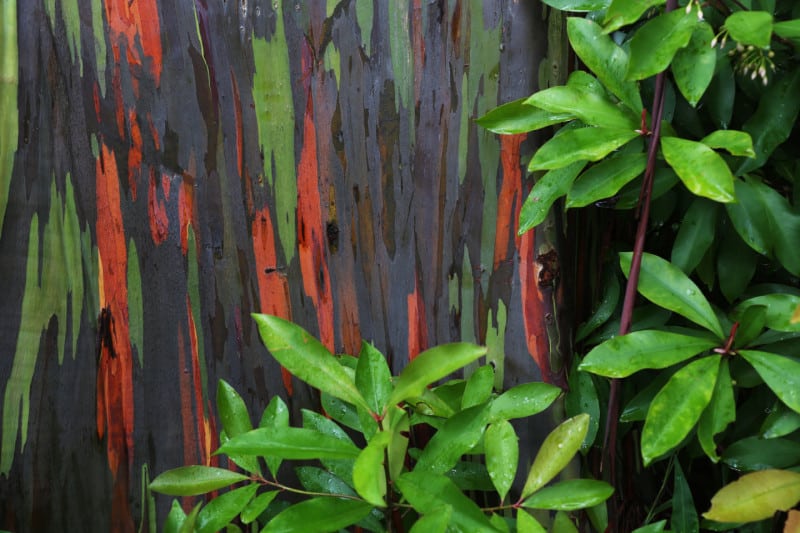
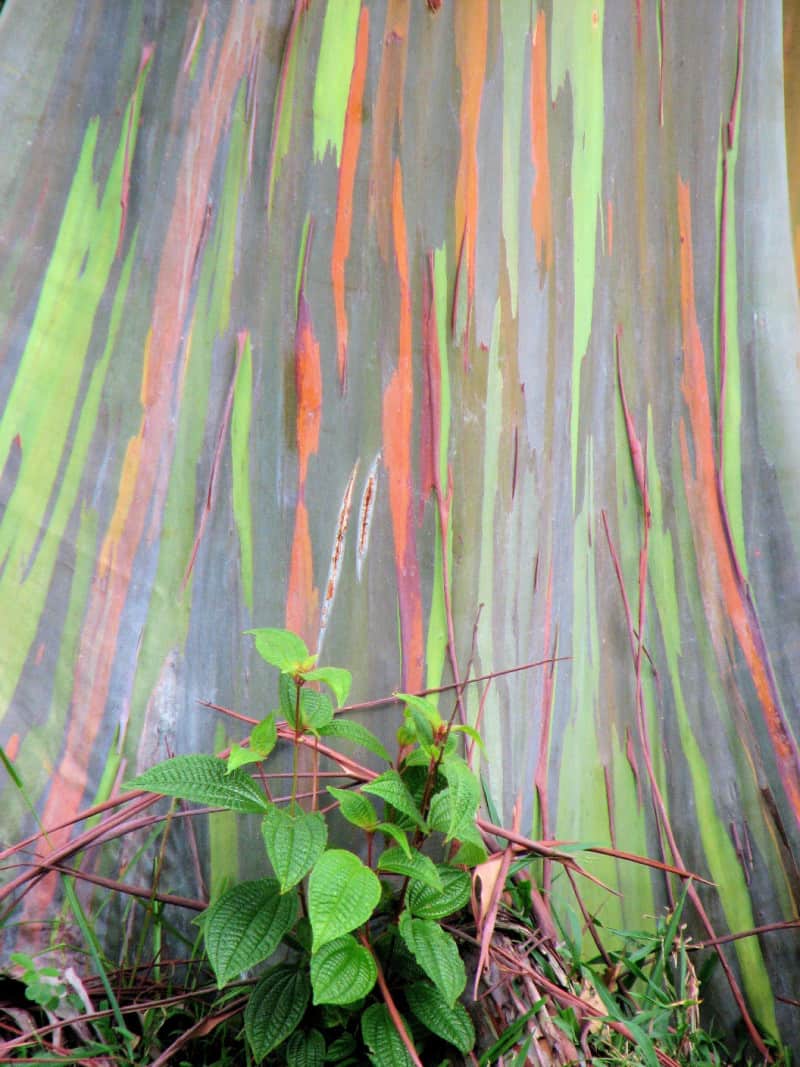
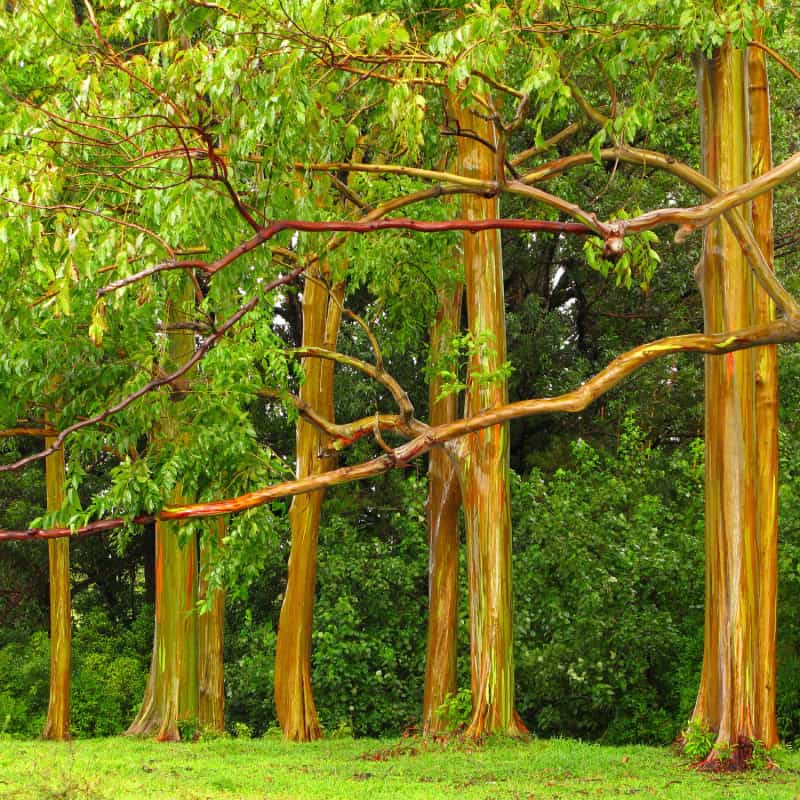









Saw this tree for the first time in Puerto Rico. Beautiful!